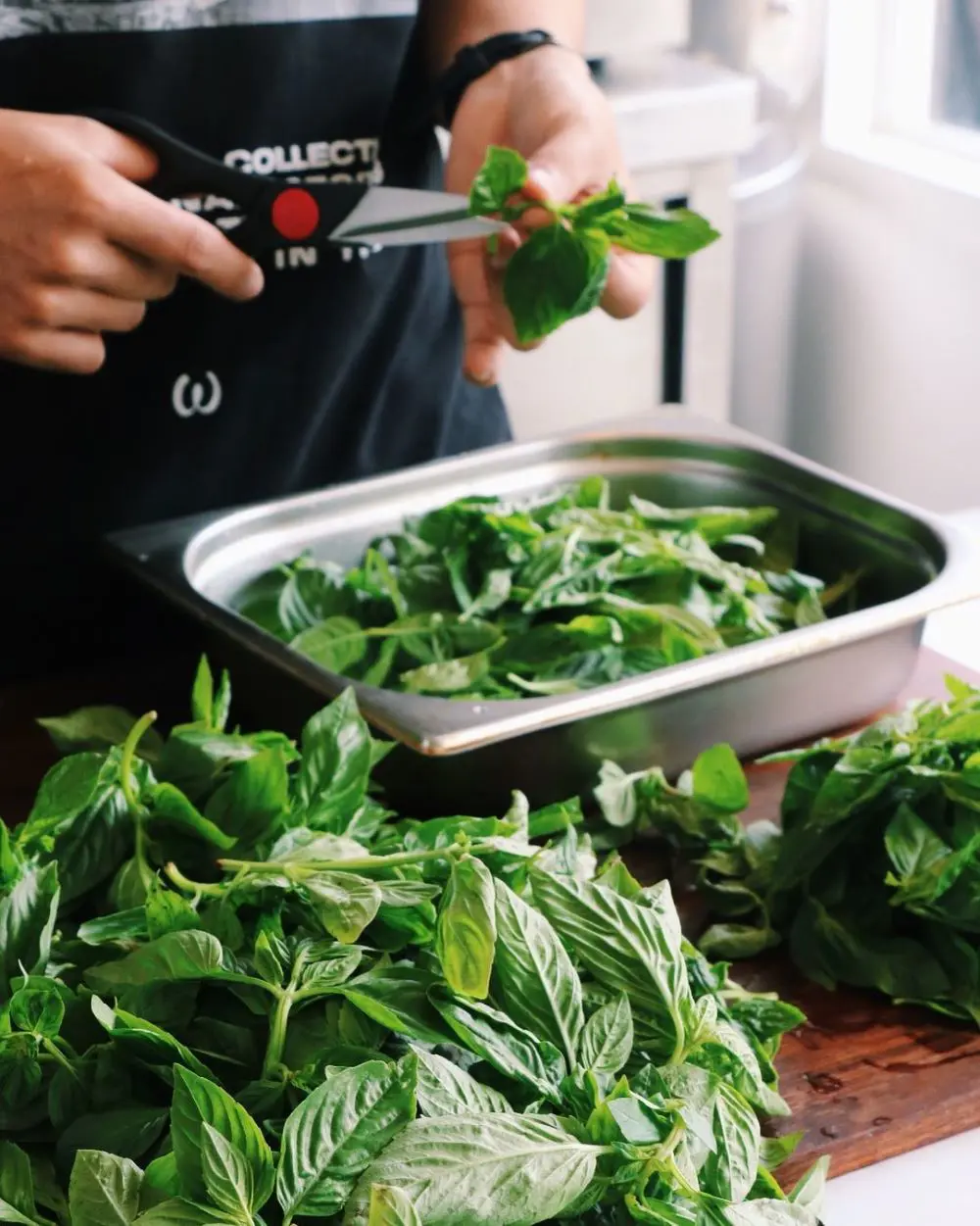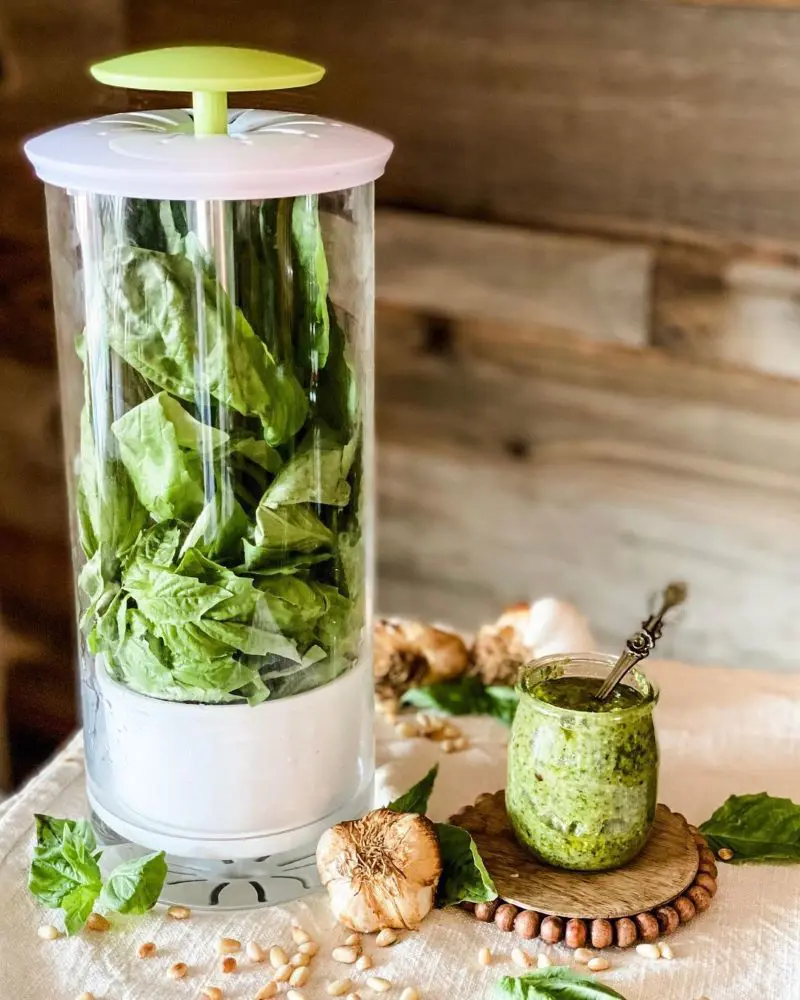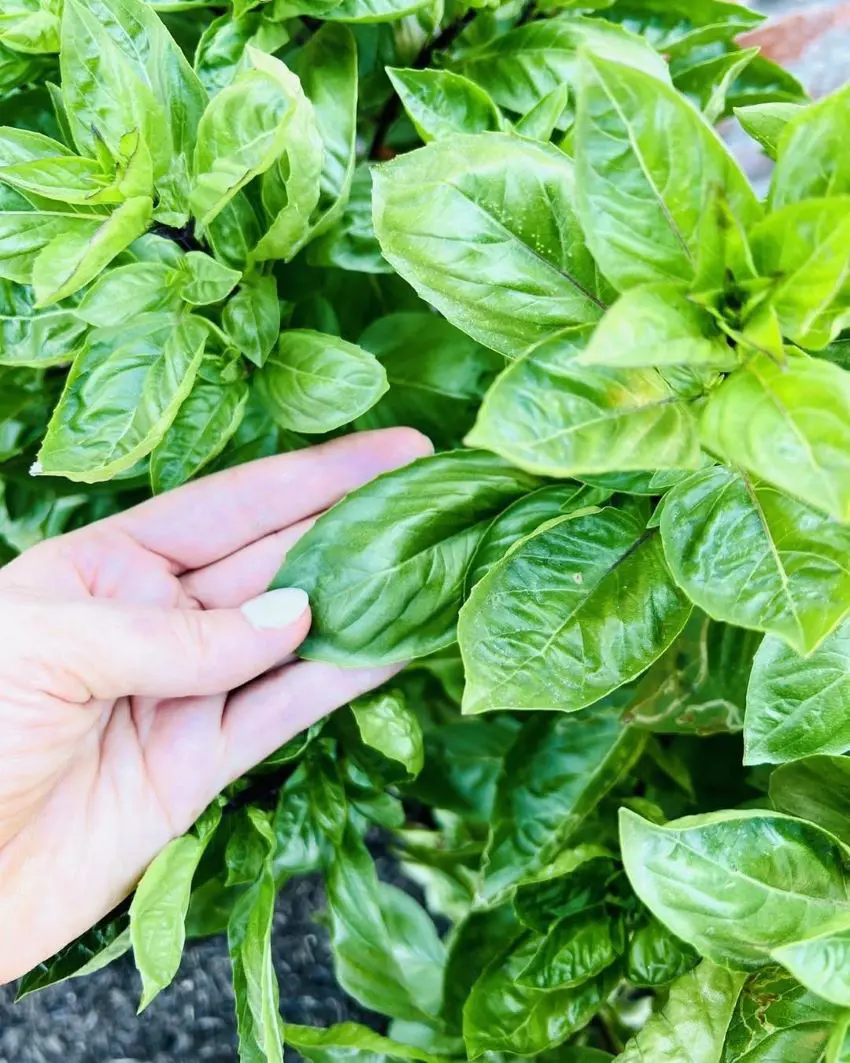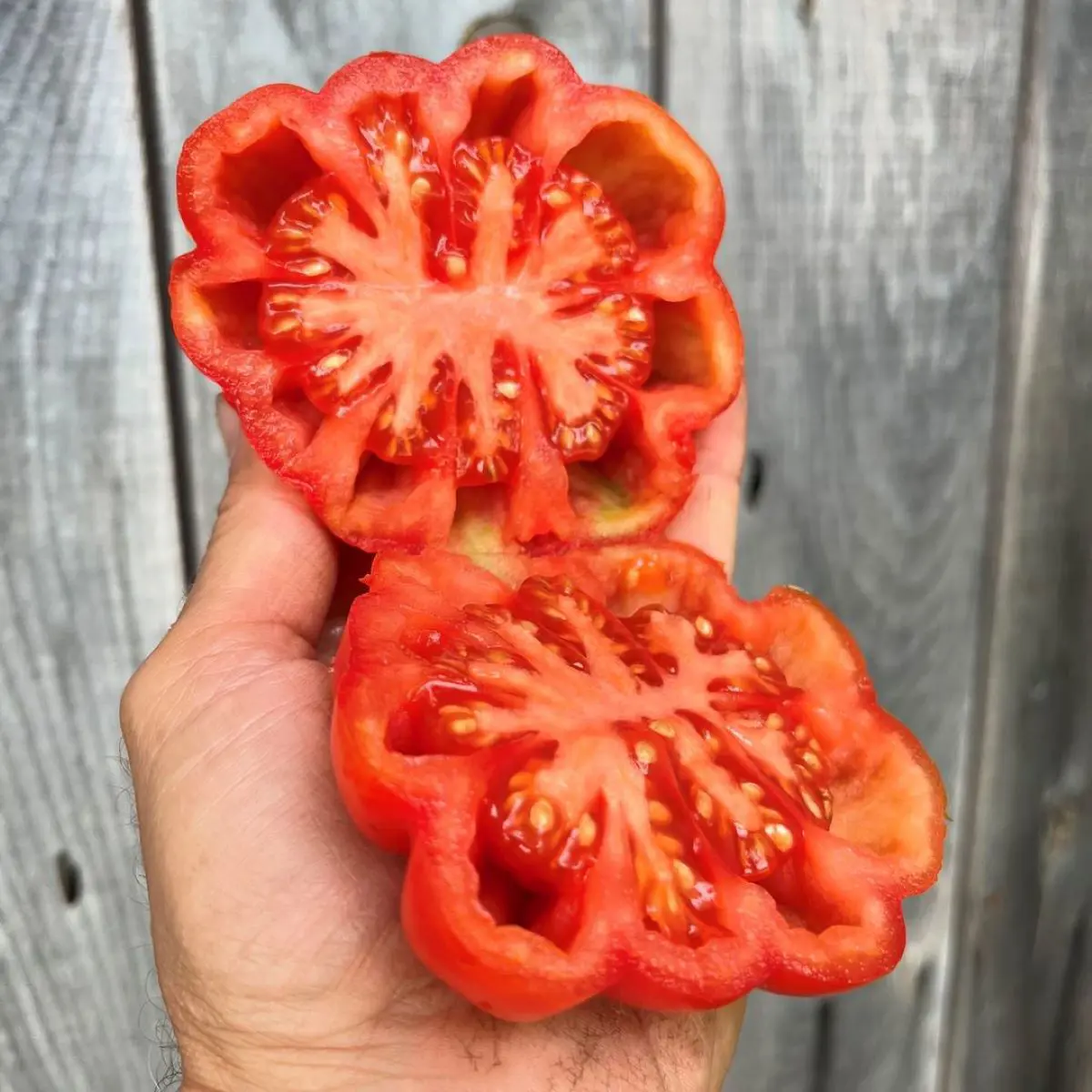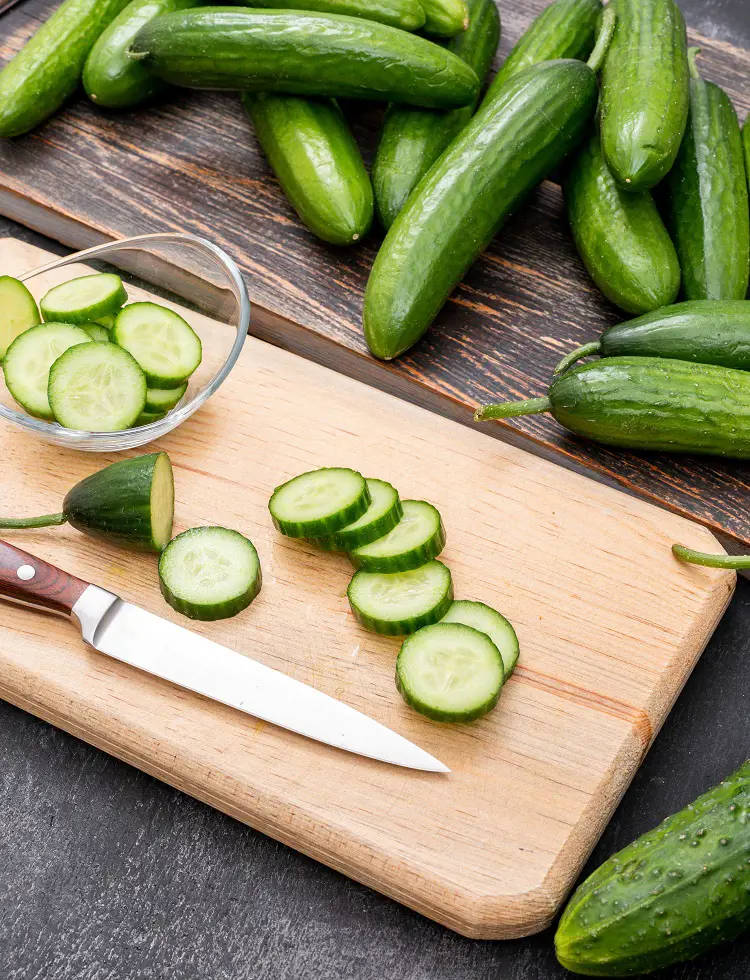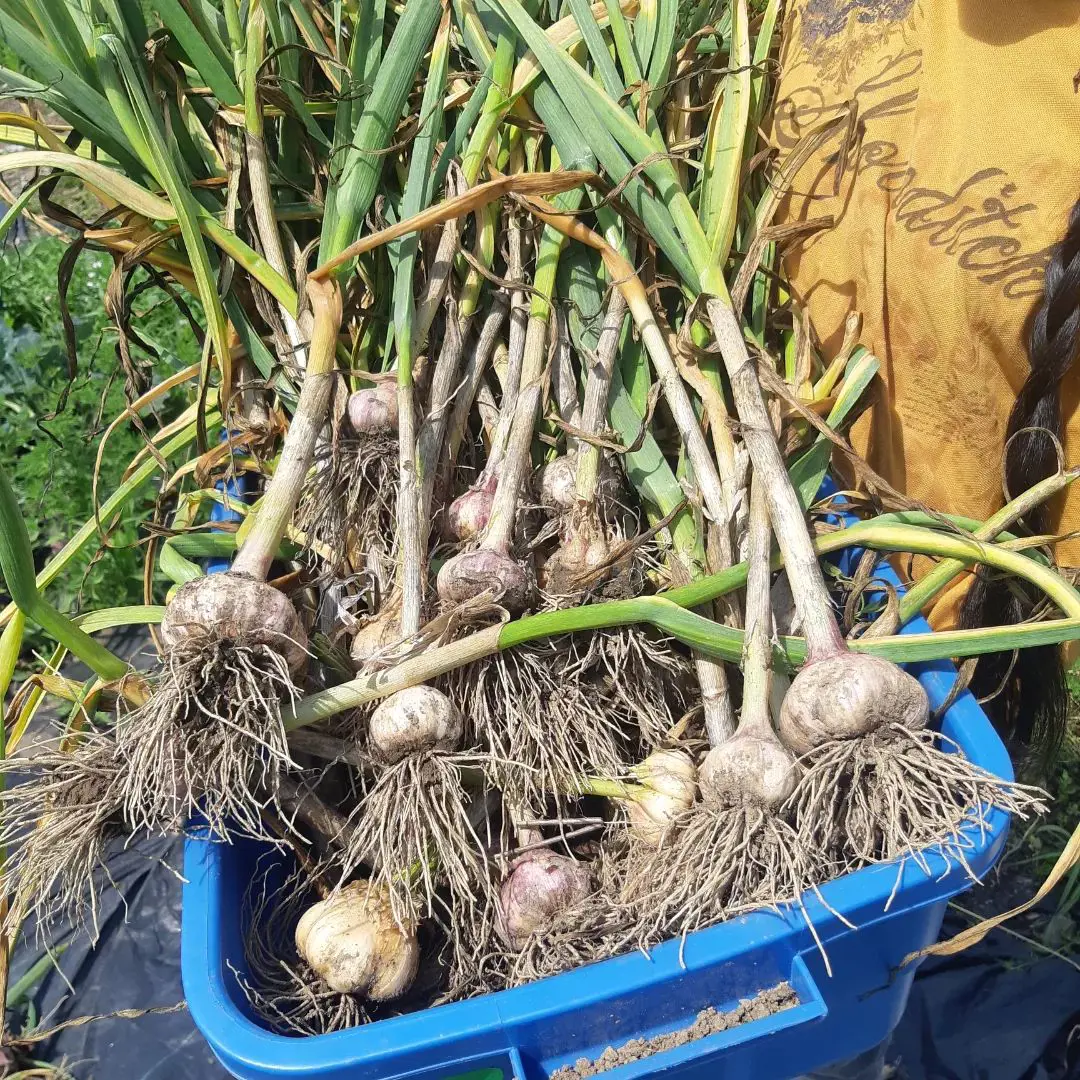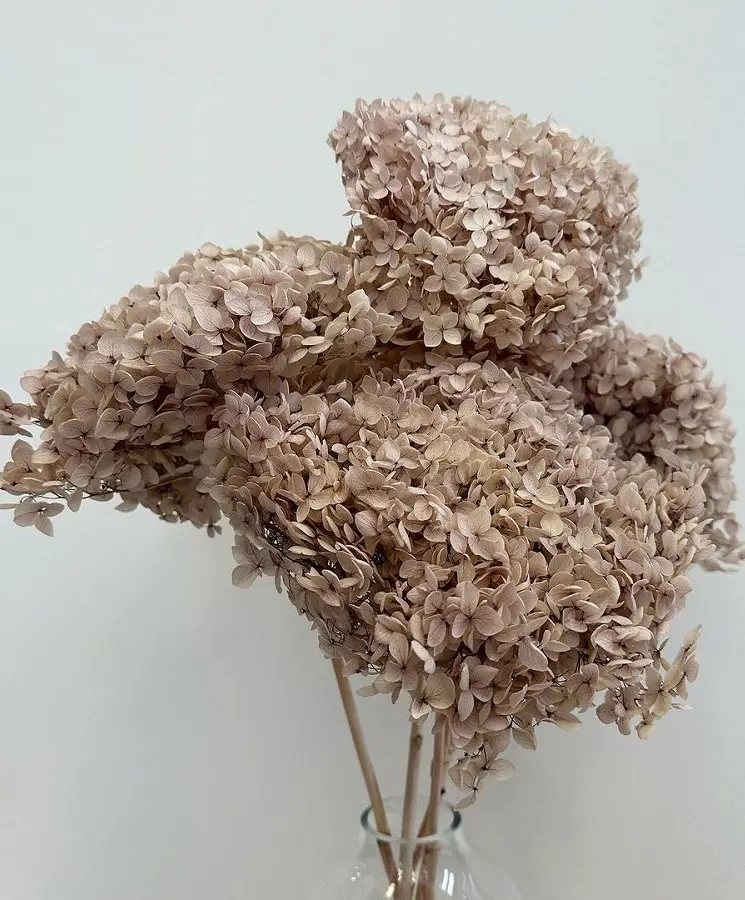1. Basil Bouquet
As the name suggests, you store the basil leaves as you would fresh-cut flowers for this method. Basil is not meant to survive cold refrigerator temperatures.
It will be a waste if you put it in the fridge. According to many food critics, this method is one of the best ways for storing basil leaves.
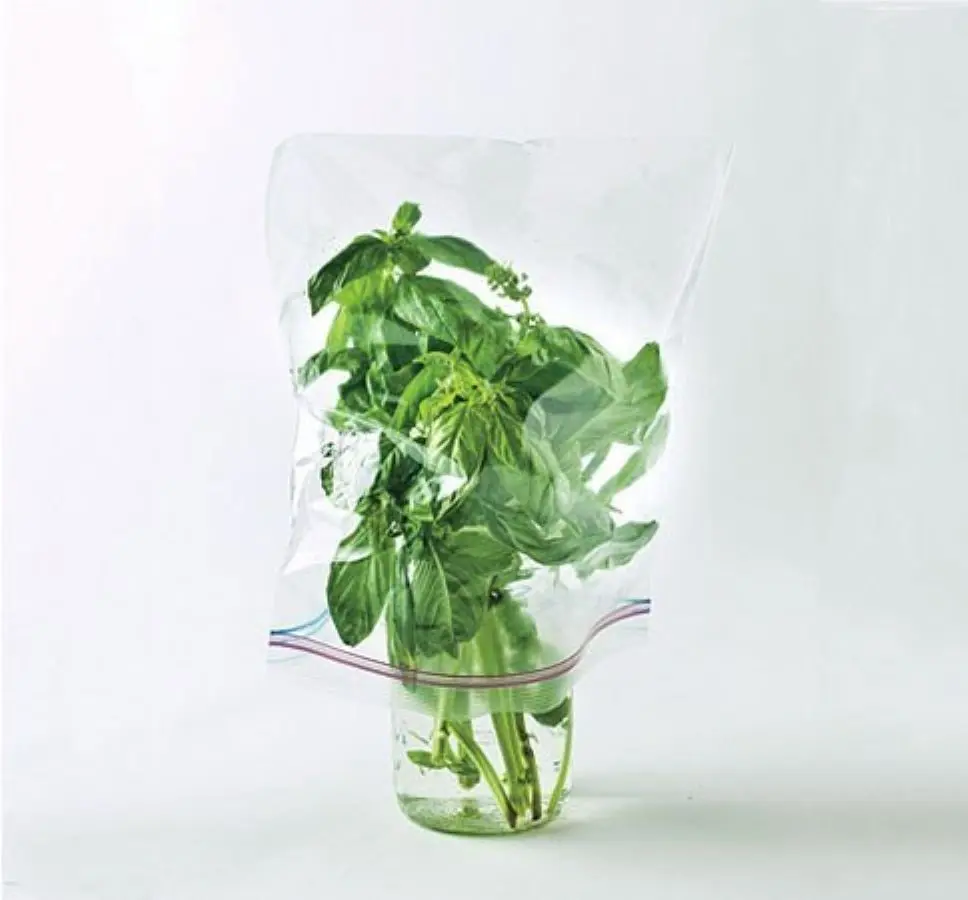
How To:
- DO NOT wash the basil, as it will affect the quality.
- Snip an inch of the stems at an angle with scissors, like you would a flower bouquet.
- Put the snipped basil in a jar or a glass with a few inches of water.
- Avoid letting the leaves touch the water, or they will wilt.
- Cover the leaves and the entire jar of basil loosely with a plastic bag.
- Leave the covered jar of basil on your kitchen counter, away from direct sunlight.
- To make them fresh longer, change the water every few days and give the stems a fresh little trim.
- Your basil will remain fresh for 10-12 days.
